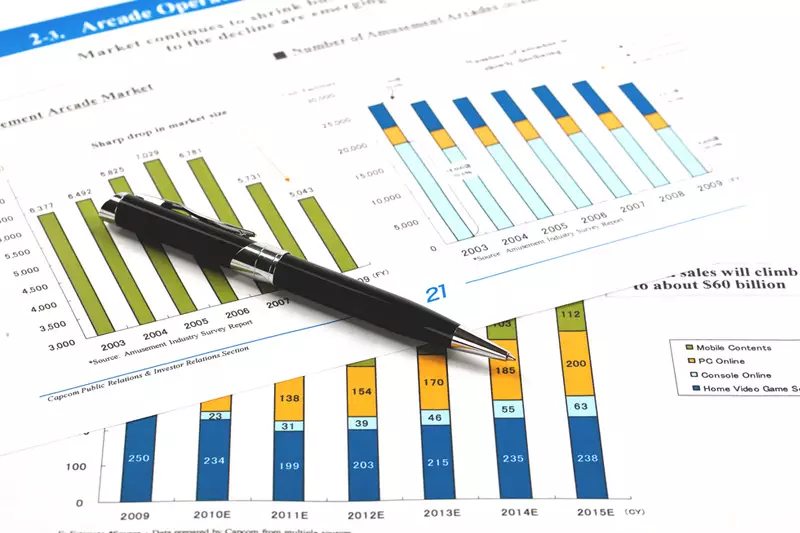Australian bank Westpac recently announced that it would be raising its share repurchase program by A$1 billion ($661 million) and declaring a special dividend. This decision was made despite a 16% drop in the bank’s first-half profit due to tight competition and high costs in the banking sector. The net interest margin of the bank slipped to 1.89%, down 7 basis points from the previous year, while net interest income remained relatively flat at A$9.13 billion. Westpac’s consumer division, responsible for over a fifth of the country’s mortgages, reported a significant 32% decrease in first-half profit to A$1.08 billion.
Despite the challenges faced by Westpac, the bank managed to post a net profit of A$3.34 billion, which was below last year’s numbers. The slightly lower profit also missed the Visible Alpha consensus estimate of A$3.43 billion compiled by UBS. However, Westpac declared an interim dividend of 75 Australian cents per share along with a special dividend of 15 cents apiece. Additionally, the bank decided to increase its existing share buyback program by A$1 billion to a total of A$2.5 billion.
Westpac’s common equity tier 1 ratio, a crucial measure of spare cash, stood at 12.55%, 105 basis points above the target operating range. Despite the challenges faced by the bank, analysts at Citi noted that the capital management strategies adopted by Westpac, including dividends and buybacks, provided strong support. They also mentioned that the bank’s starting valuation appeared more attractive compared to its peers. In response to these financial announcements, Westpac shares were seen trading 1.4% higher in early trading sessions.
Last week, National Australia Bank (NABZY), the leading business lender in the country, also announced an increase in its buyback program to A$3 billion, despite reporting a 13% decline in its first-half cash earnings. This move by two of Australia’s largest banks to increase buybacks and dividends reflects the challenging operating environment for financial institutions in the country.
The decision by Westpac to increase its share repurchase program and declare a special dividend demonstrates the bank’s commitment to returning value to its shareholders despite facing profit declines and market pressures. With the banking sector in Australia experiencing intense competition and rising costs, strategic capital management decisions become even more crucial for financial institutions like Westpac to navigate through challenging times.

